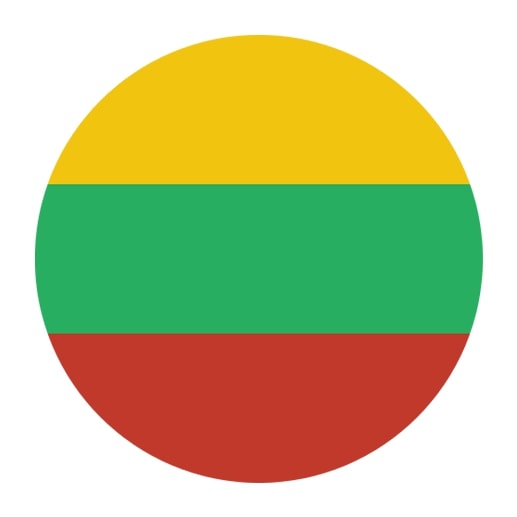Lithuanian Grammar Exercises
Ready to take your Lithuanian to the next level? Practicing grammar exercises is an excellent way to master sentence structure, verb forms, and the unique patterns of the Lithuanian language. Start exploring Lithuanian grammar today and watch your skills and confidence grow with every exercise!
Get started
The most efficient way to learn a language
Try Talkpal for freeLithuanian Grammar Topics
Learning the Lithuanian language is not only a unique and rewarding experience, but it also opens up a whole new world of cultural exploration. Lithuanian, as a Baltic language, has retained many features of the ancient Indo-European languages, making it an important language for historical and linguistic studies. The grammar of Lithuanian may seem complex, but breaking it down into smaller topics and learning them in a logical sequence will make your journey smoother and more enjoyable. In this guide, we will present Lithuanian grammar topics in the order you should learn them, providing a brief overview of each topic.
1. Nouns:
Nouns form the backbone of most sentences, so begin by learning the system of noun declensions in Lithuanian. There are five noun declensions, each with its own set of endings for the singular and plural forms. Pay attention to the gender of nouns, as this will influence the endings used in declension.
2. Articles:
Unlike English, Lithuanian does not have definite or indefinite articles, so you’ll have one less grammar component to worry about!
3. Adjectives:
Adjectives agree with nouns in gender, case, and number. Learn the various adjective endings and how they change depending on the noun they modify.
4. Pronouns/Determiners:
As in other languages, pronouns and determiners help provide clarity and specificity in sentences. Learn the different types of pronouns and determiners, and their various forms and uses in Lithuanian.
5. Verbs:
Verbs are essential for conveying actions and states of being. Begin with the present tense, and then move on to past and future tenses. Pay attention to the conjugation patterns, as well as irregular verbs.
6. Tense Comparison:
After mastering the basic tenses, learn how to compare them and understand the nuances of their usage. This includes understanding the differences between simple and compound tenses, as well as the perfect progressive tense.
7. Progressive and Perfect Progressive:
Lithuanian does not have specific progressive forms like English, but you can express ongoing and completed actions using specific constructions. Learn these constructions and how to use them effectively.
8. Adverbs:
Adjectives modify nouns, while adverbs modify verbs, adjectives, or other adverbs. Learn the different types of adverbs and their placement in sentences.
9. Prepositions:
Prepositions show the relationship between words in a sentence. Learn the various prepositions and their usage in different contexts.
10. Conditionals:
Conditionals express hypothetical or unreal situations. Learn the different types of conditionals and their respective constructions in Lithuanian.
11. Sentences:
Finally, bring everything together by learning about sentence structure in Lithuanian. Understand the basic word order and how it can be adapted for emphasis or clarity. Practice creating sentences using all the grammar components you’ve learned so far.
By following this sequence of topics, you’ll develop a solid understanding of Lithuanian grammar and be well on your way to fluency in the language.








